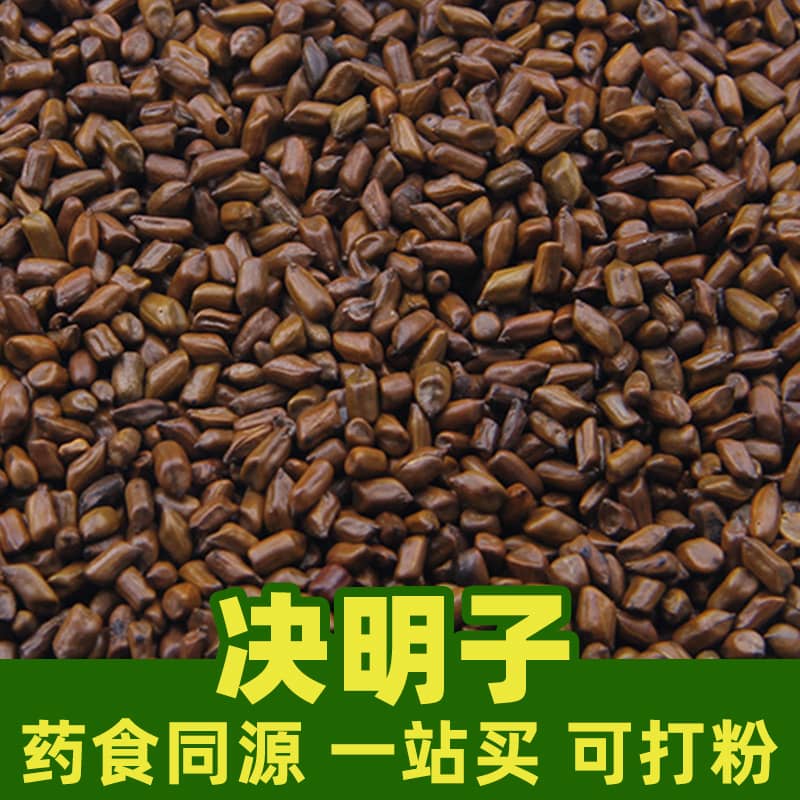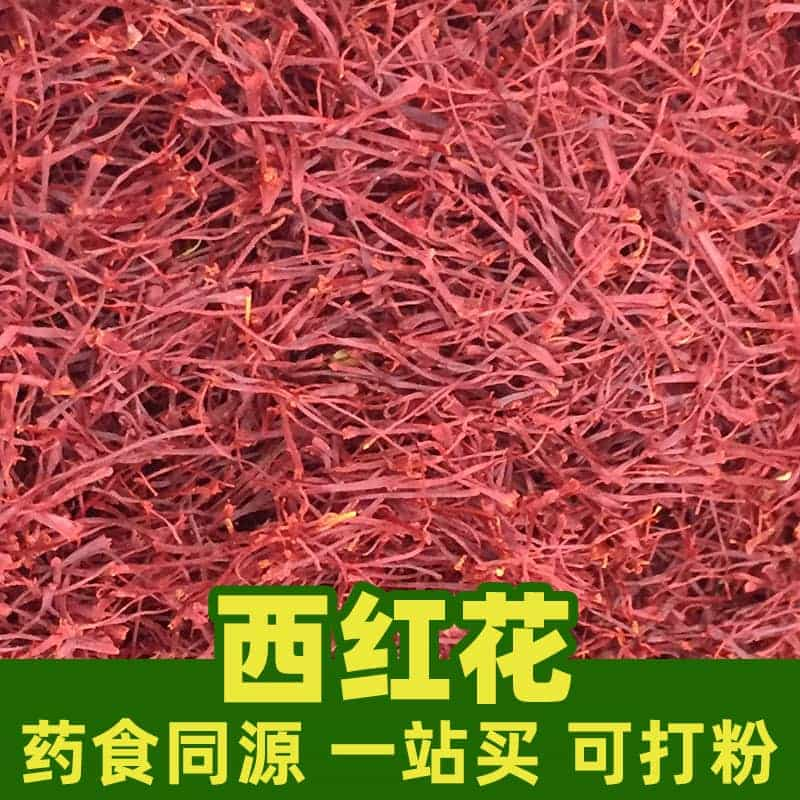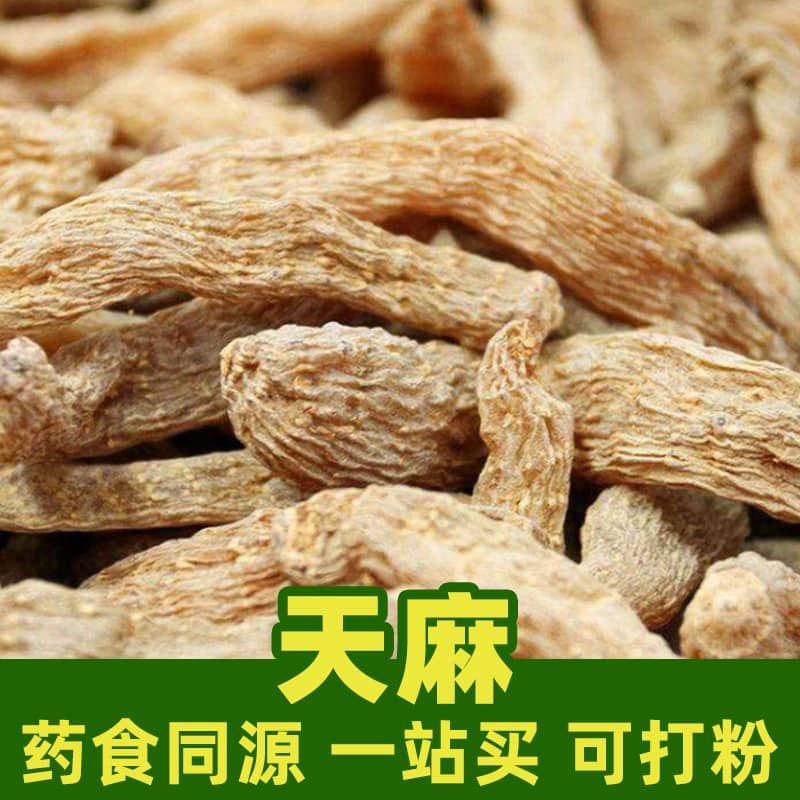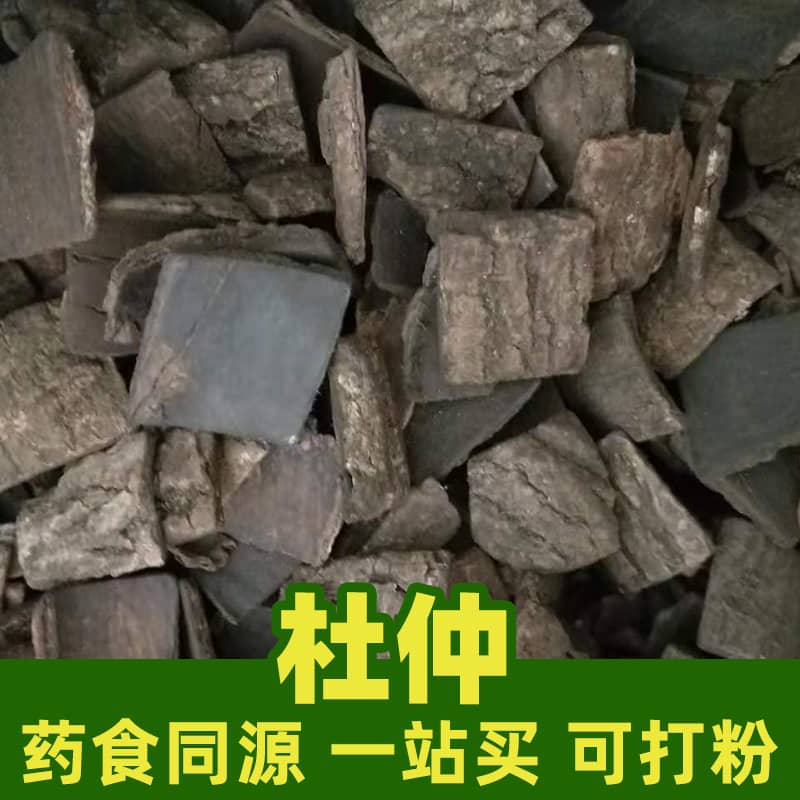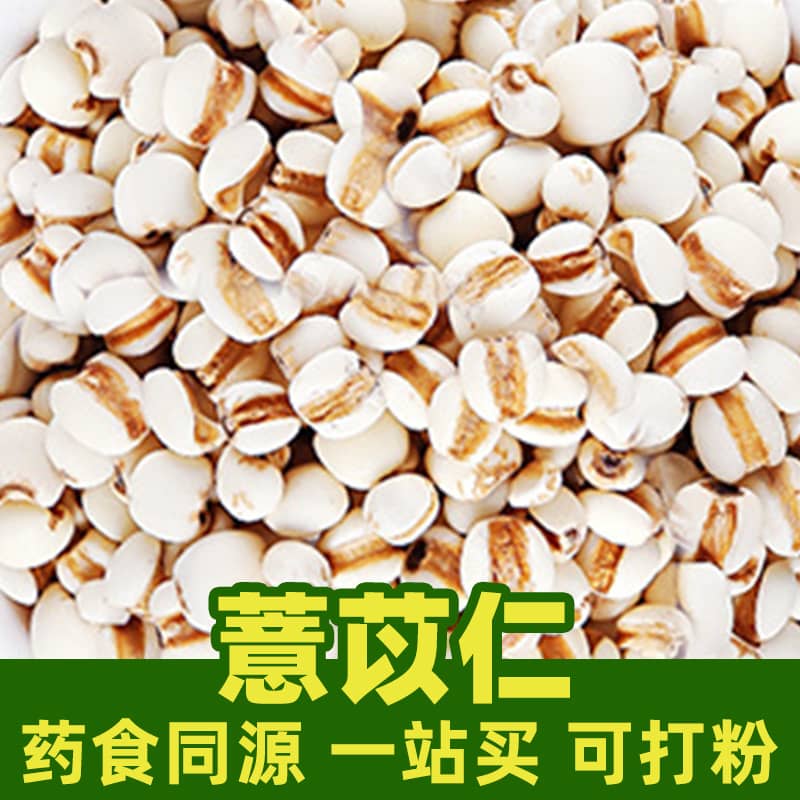Product Introduction
Licorice, also known as Guang Jiao Xiang, Gan Huang, and Gan Cao Zi, is a widely used perennial herb. Its root is the primary part utilized and is extensively applied in food processing, medicine, and herbal preparations. Licorice is popular for its distinctive sweetness and medicinal properties.
Aromatic Chemical Components
Licorice root contains various aromatic chemical compounds, the most significant being glycyrrhizic acid, a naturally sweet substance that gives licorice its unique flavor and taste. Alongside glycyrrhizic acid, licorice also contains liquiritin and isoliquiritin, which contribute to its aroma.
Types of Licorice
Licorice varies based on species and growing conditions and can be divided into several varieties and subspecies. Here are some common types:
- Medicinal Licorice (Glycyrrhiza glabra 'Medicinal'): This variety is used primarily for herbal preparations and is valued for its medicinal properties.
- Edible Licorice (Glycyrrhiza glabra 'Edible'): Mainly used in food processing, this variety’s sweet root is particularly suited for consumption.
Though different types of licorice may vary in taste and sweetness, they all share the characteristic uses and benefits of licorice.
Usage Scenarios and Dosage
Licorice is widely used in the culinary field for making food and herbal formulations. Here are some common uses and methods of application in food:
- Tea: Boiling or steeping licorice root in hot water produces a lightly sweetened, aromatic tea.
- Candies and Desserts: The sweetness of licorice makes it an ideal flavoring for candies and desserts. Licorice extract or powder can be added to these foods to impart its unique sweetness and taste.
- Beverages and Tea Flavoring: Licorice can be used as a flavor enhancer in teas and beverages, boosting sweetness and improving flavor.
The amount of licorice should be adjusted based on the recipe and personal taste. Since licorice has a strong sweetness, it should be used sparingly to avoid excessive sweetness.
Introduction to the Plant, Distribution, and Growing Conditions
Licorice root comes from the perennial herb known as *Glycyrrhiza glabra*. It grows widely across temperate regions of Asia and Europe, including countries like China, Iran, and Spain.
Licorice thrives in sunny environments with moist, well-drained soil. It commonly grows along riverbanks, hillsides, and fields, with relatively low soil requirements.
Harvesting, Processing, and Storage
The root is harvested primarily at the end of the plant’s growing season. After harvesting, the roots are cleaned, dried, and processed for storage and use.
Licorice should be stored in a cool, dry place, away from direct sunlight and humidity, to maintain its sweetness and quality.
In conclusion, licorice is a common spice and herbal ingredient known for its sweetness and medicinal benefits. It has broad applications in the culinary field, being used to flavor teas, candies, and desserts, adding a distinctive sweetness and taste. Understanding its specifications, chemical composition, and methods of use helps maximize this spice’s potential to enhance food with a rich flavor experience.
Monica Sun is a seasoned expert in the natural raw materials industry, with over a decade of experience specializing in traditional Chinese medicinal herbs, spices, and fungi. She is skilled in the sourcing, processing, and application of these materials, emphasizing sustainability and innovation. Monica Sun has contributed to the development of high-quality natural raw materials that serve as essential components in functional foods, pharmaceuticals, and cosmetics, delivering tailored solutions to meet diverse market needs.









